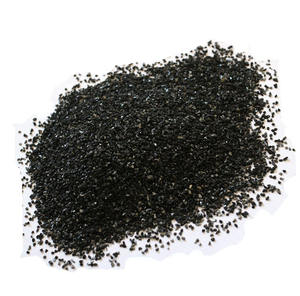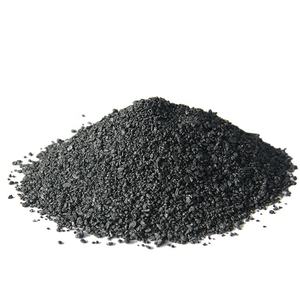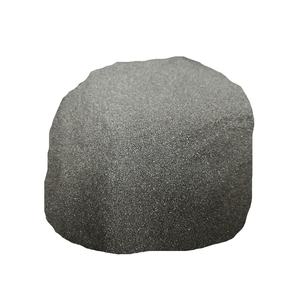Professional graphite material supplier, graphite for EV, grease, furnace and any other industries.
(Advantages and Disadvantages of Graphite)
Graphite offers an outstanding combination of physical, chemical and mechanical characteristics, which make it very useful for a range of applications including brake linings, foundry operations, molding lubricants, refractory and steelmaking. Its unique layered planar structure with carbon atoms arranged in a honeycomb lattice allows for superior thermal and electrical conductivity. It is also flexible, highly refractory and chemically inert. The material is also highly resistant to corrosion and fatigue.
In the battery space, flake graphite is used extensively as a raw material in lithium-ion batteries, but it’s also an important component of vanadium-redox and fuel cells which convert fuel into electricity without combustion. Those cell technologies are expected to eventually replace combustion engines and provide a new, more sustainable source of energy.
However, there are some challenges to using graphite as a raw material. For example, the process to purify the graphite can impact its properties. Flotation is the most common method to produce high purity graphite, but it requires large energy consumption and reagent consumption. The alkali acid method requires a higher calcination temperature and can be toxic to the environment.
Additionally, the type of graphite used in a slurry can also have a significant impact on its flowability and performance. In this application, a TA Instruments rotational rheometer was used to perform a rheological analysis of two different battery slurry samples with the same formulation, but containing natural and synthetic flake graphite. The results showed that the particle size and shape of the graphite can have a profound effect on the viscoelasticity, yield stress, and thixotropy of a slurry.
(Advantages and Disadvantages of Graphite)








